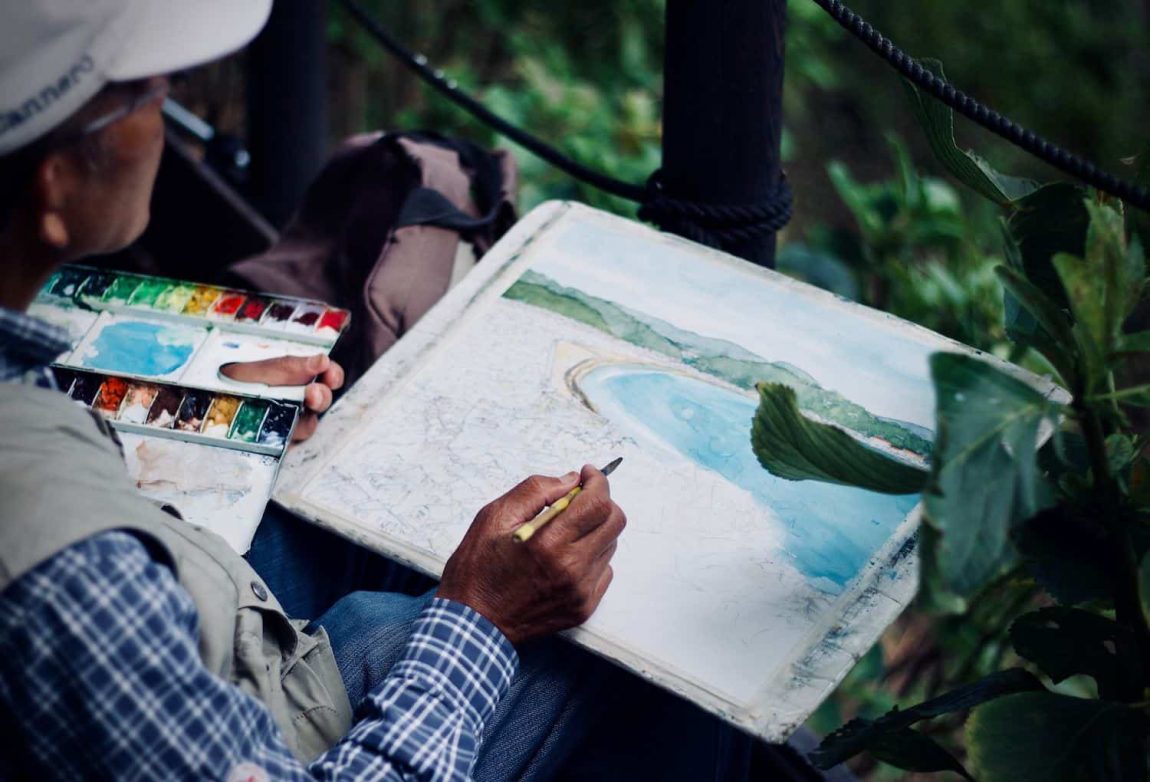The Art of Drawing: Exploring the Depth and Versatility of Visual Expression
Drawing, an art form as timeless as human expression itself, remains a cornerstone in the visual arts, offering a spectrum of styles and techniques that enrich our visual world. From the delicate strokes of the Renaissance masters to the bold lines of modern artists, drawing has evolved into a multifaceted medium, integral to artistic expression and communication.
Unraveling the Essence of Drawing
History and Evolution
Tracing its origins to the dawn of human civilization, drawing has been an essential form of communication and expression. Prehistoric cave paintings, with their elemental lines and forms, lay the foundation for a journey through the evolution of drawing. The Renaissance era, a pivotal moment in art history, witnessed a surge in the sophistication of drawing techniques. Masters like Leonardo da Vinci and Michelangelo elevated drawing to a form of high art, exploring anatomy and perspective with unparalleled skill.
In the modern era, artists like Pablo Picasso and Jean-Michel Basquiat continued to redefine the boundaries of drawing, blending tradition with contemporary themes and techniques. This evolution reflects not only the artistic journey of individuals but also the cultural and societal shifts over centuries.
The Medium and Its Instruments
Drawing thrives on its simplicity and versatility. Traditional mediums like pencil, charcoal, and ink have been companions of artists for centuries. The modern era introduced new tools like digital styluses and graphics tablets, expanding the realm of possibilities. Whether it’s the classic graphite on paper or the contemporary digital art, the essence of drawing remains the exploration of creativity through lines and shades.
Techniques and Applications
The diversity of drawing techniques is as vast as the imagination of the artists themselves. Techniques like hatching, stippling, and shading are fundamental in creating depth and texture. Artists choose their strokes and methods based on the effect they wish to convey, making each piece a unique exploration of the medium.
Drawing finds its application beyond the art world. In fields like architecture, engineering, and animation, drawing is an indispensable tool for conceptualizing and communicating ideas. Technical drawings and blueprints are the backbones of construction and design industries, showcasing the practical side of this art form.
The Influence of Drawing in Other Art Forms
Drawing often serves as the foundation for other artistic endeavors. In painting, an initial sketch often lays the groundwork for the final piece, demonstrating the interconnection between various forms of visual arts. Similarly, in sculpture and even in digital media, drawing acts as a preliminary stage, guiding the artist through the creative process.
The Role of Drawing in Education and Skill Development
As a fundamental skill in the artistic repertoire, drawing is often the first step in an artist’s journey. It develops observation skills, encourages attention to detail, and fosters an understanding of composition and perspective. Drawing is not just about replicating what we see; it’s about interpreting and expressing our perception of the world.
The Future of Drawing
With advancements in technology and changes in artistic trends, the future of drawing holds endless possibilities. The integration of digital tools has already begun to reshape the landscape of drawing, offering new platforms for expression and creativity. As we move forward, drawing will continue to evolve, yet its core essence will remain a testament to human creativity and expression.
Key Takeaways
- Drawing is a fundamental form of visual art with a rich history spanning from prehistoric times to the modern era.
- It offers a wide range of techniques and mediums, from traditional pencils and charcoal to digital styluses and tablets.
- Drawing plays a vital role in various fields beyond art, such as architecture, engineering, and animation.
- It serves as a foundational skill in art education, enhancing observation, creativity, and expression.
- The future of drawing is intertwined with technological advancements, promising new avenues for artistic exploration.
Frequently Asked Questions
- What is the significance of drawing in art history?
Drawing has been a critical part of art history, serving as the foundation for many other art forms and reflecting cultural and societal changes over the centuries. - Can drawing be self-taught, or does it require formal education?
While formal education can provide structured guidance, many artists have successfully taught themselves drawing, emphasizing practice and experimentation. - How has technology influenced modern drawing?
Technology has introduced new tools like digital tablets and software, expanding the possibilities for artists to experiment with styles and techniques. - Is drawing relevant in today’s digital world?
Absolutely. Drawing remains a fundamental skill that is relevant and adaptable to various digital platforms and media. - What are some common drawing techniques?
Techniques like hatching, stippling, shading, and blending are widely used to create texture, depth, and dimension in drawings. - Can drawing be a career?
Yes, drawing can be a career in fields like illustration, animation, graphic design, and art education. - What is the difference between drawing and painting?
Drawing typically involves line and shade with dry media, while





